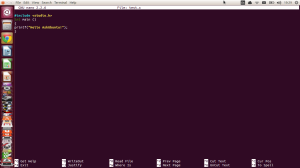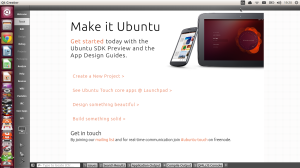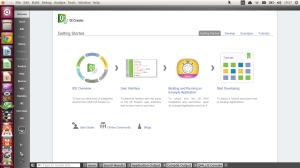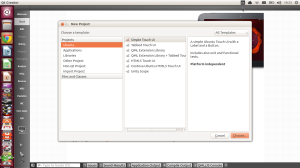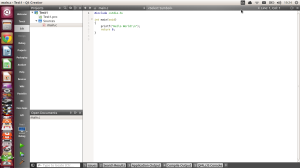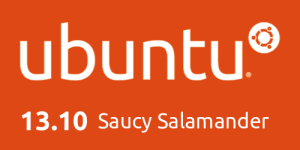
In this part I'll be talking about Screen Recording, Video Conversion & Video Editing, and in Part 10 I'll be talking about Web Cam Software that's ideal for doing YouTube OS Reviews or even YouTube or even Offline Tutorials.
Screen Recording
There are various Screen Recorders for Linux, but the one that I chose to Download and Install was Kazam and for Ubuntu users Kazam is available in the Ubuntu Software Centre.
Kazam allows you to record your Desktop Session which is ideal for producing OS Reviews or Tutorials, the only downside is that if you don't require any edits to your recorded Desktop Session you will have to run it through ether a Video Editor or Video Converter to be able to use the raw video as is. On a plus note though Kazam allows for Screenshot Capture which is ideal for YouTube producers that want to create a Thumbnail for their OS Review or Tutorial.
Video Conversion
The Video Converter that I've Installed is HandBrake, the only thing is that it's not available to Install from the Ubuntu software Centre and the only place to get it is from
here.
HandBrake is a pretty straight forward piece of software and does the conversions pretty quick, but speeds will depend on the size of the video being copied so don't expect say a full HD Video with Full 5.1 Surround with a length of an eposode of Game Of Thrones to convert as quick as a 10-20 min Video captured using an iPhone or Samsung Galaxy S4 that's High Quality SD or even 720p HD.
Also the more resources you've got will speed up the Conversion an 8 Core 64 Bit AMD CPU with 32GB of Matched RAM will fly compared to a Single Core 64 Bit intel Celeron CPU with 3GB of RAM.
Video Editing
I've Downloaded KdenLive from the Ubuntu Software Centre as two YouTube producers that use Linux & produce Linux OS Reviews also use it, so it can't be that bad.
KdenLive has a pretty simple but functional Layout with the top half of the screen split between a video & audio clip library on the left & preview window on the right, while the bottom is taken up by a multi track timeline.
I've not had chance to have a play with KdenLive much yet so can't really go into too much depth with all the features of KdenLive at this time.
Another good Video Editor is Lightworks by
Red Shark. I've had a bit of a play with Lightworks when I last used Linux, but I might have to give it a go again in the future.
Lightworks is a Professional Video Editor with lots of powerful features that are probably beyond the knowledge or even use of most people unless they have got experience in using Adobe Premier Pro or Adobe After Effects as they are both Industry Standard Video Editors (Windows & Mac OSX only). Lightworks is currently only available on Windows & Linux with a Mac OSX version in development.
Note
I've not had much of a chance to play with ether HandBrake, KdenLive or Lightworks, but as soon as I've had a chance to have a play with them I'll post an in-depth review on them. Kazam on the other hand is so simple to use that the review would be to short to be of any use as the UI is basically self explanatory.
In the meantime a YouTube search on the software mentioned in this part will probably bring up video reviews and tutorials that will help.
Roland
Next Previous 


